Pentapeptide-18 (Leuphasyl) 200mg (Topical)
$230.00
Leuphasyl is able to decrease muscle tone and contraction, similar to the way that Botox does, to reduce the appearance of fine lines and wrinkles. The difference, however, is the Leuphasyl is applied in these animal experiments as a topical lotion rather than by injection as is the case with Botox. Preliminary studies indicate that Leuphasyl can reduce wrinkles by anywhere from 28% to 34.7%
Pentapeptide-18, (also know as Leuphasyl) is a proprietary five-amino-acid-long peptide that is of interest to the research community for its ability to penetrate skin cells and reduce the appearance of fine lines and wrinkles in laboratory experiments. In animal and in vitro studies, Pentapeptide-18 has been shown to produce effects similar to those seen with Botox.
Research Application:
Early research of Leuphasyl in animal models found that it can inhibit signaling at the neuromuscular synapse (the connection between the nerves and muscles). In so doing, Leuphasyl is able to decrease muscle tone and contraction, similar to the way that Botox does, to reduce the appearance of fine lines and wrinkles. The difference, however, is the Leuphasyl is applied in these animal experiments as a topical lotion rather than by injection as is the case with Botox. Preliminary studies indicate that Leuphasyl can reduce wrinkles by anywhere from 28% to 34.7% [1]. Leuphasyl may actually be more effective than Botox and reducing fine lines and wrinkles, at least in animal models, which makes it of interest not just for cosmetic applications, but for use in medical conditions caused by muscle spasm, such as migraine headache.
What Is Leuphasyl?
Leuphasyl is a synthetic peptide composed of five amino acids (Tyr-D-Ala-Gly-Phe-Leu). It is currently being investigated in animal models for its ability to reduce the appearance of “expression wrinkles,” which are wrinkles that form as a result of common facial muscle movements [2].
Leuphasyl was derived from enkephalins, naturally occurring peptides that are related to endorphins. Enkephalins are only five amino acids in length and have been shown, in numerous laboratory experiments, to affect everything from mood and behavior to movement and the perception of pain.
What Does Leuphasyl Do?
Leuphasyl can mimic the effects of natural enkephalins. Enkephalins are found naturally in most mammals and are involved in the regulation of pain perception, movement, mood, behavior and even some neuroendocrine functions. It is not entirely clear how Leuphasyl acts to reduce the appearance of fine lines and wrinkles in skin, but it is thought that the peptide can interfere with neuromuscular signaling, much as Botox does, to reduce muscle tone [3].
Leuphasyl Research Related to “Expression Wrinkles”
Based on research from animal models and various laboratory experiments, Leuphasyl can reduce wrinkles by 28%-34.7% [1]. Botox has been shown to reduce wrinkles by 2% to 9% [4]. Simply put, early animal experiments suggest that Leuphasyl is more effective at reducing wrinkles than Botox.
What makes Leuphasyl interesting is the fact that current experiments have utilized it in cream form for topical application. Unlike Botox, which must be injected with a needle in precise locations by a trained medical professional, Leuphasyl can be applied topically like any other lotion. This mechanism of application is made possible by the fact that Leuphasyl can penetrate skin cells as revealed by in vitro experiments.
It is important to note that Botox is used for more than just cosmetic procedures. It has been used to reduce muscle spasms that cause migraines, for instance, and is an effective treatment for a number of pain syndromes. Leuphasyl’s promising results in animal trials suggest that it may serve as a model for developing more effective pain-control medications and may even lead to better treatments for migraines and headache pain in the future.
5 reviews for Pentapeptide-18 (Leuphasyl) 200mg (Topical)
Add a review Cancel reply
Related products
Cosmetic Peptides
Cosmetic Peptides
Cosmetic Peptides
Cosmetic Peptides
Cosmetic Peptides
Cosmetic Peptides
Cosmetic Peptides
Cosmetic Peptides

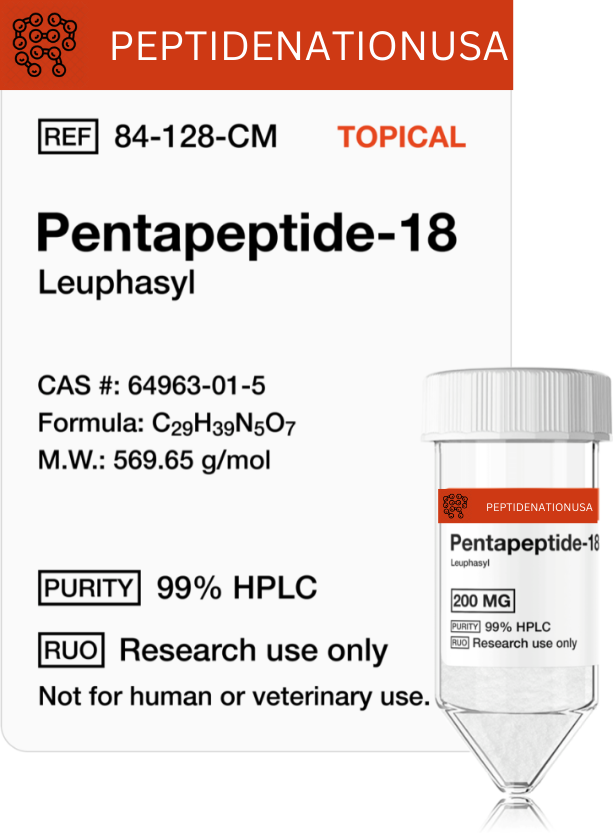
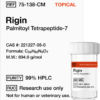
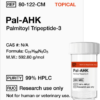

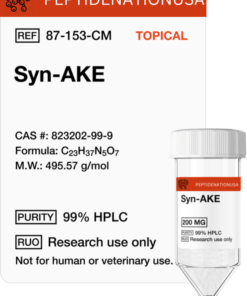

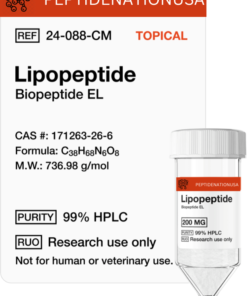

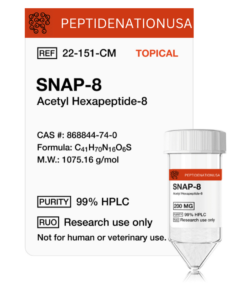
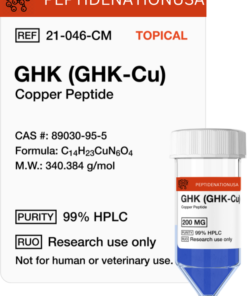
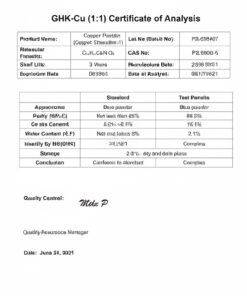
Rachel Freeman –
A great Argireline alternative. Works fast!
Joshua Kim –
Helped soften my crow’s feet.
Kaitlyn Torres –
Fantastic for dynamic wrinkles.
Ethan Barnes –
Pairs great with a hyaluronic acid serum.
Amber Greene –
Skin looks smoother within days!